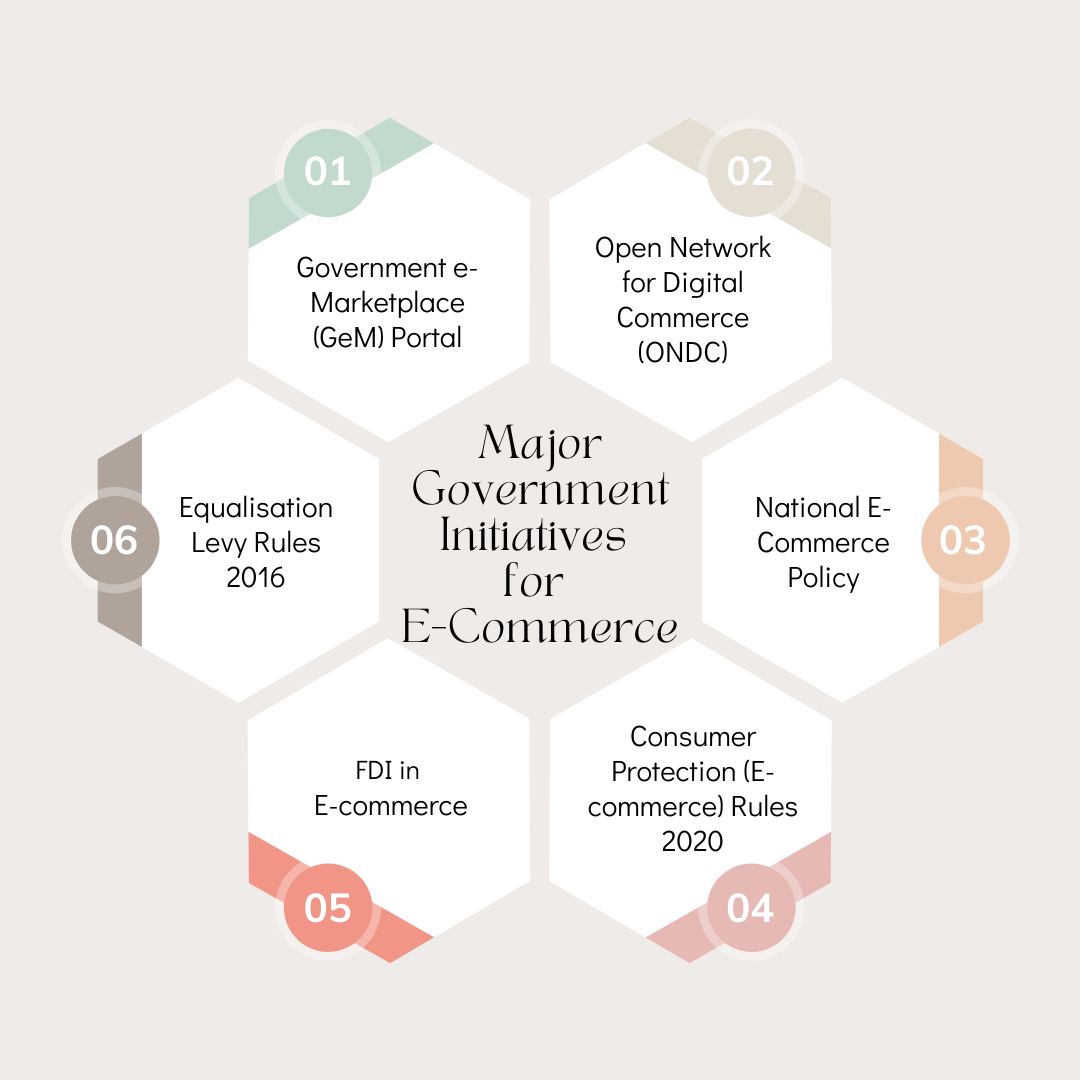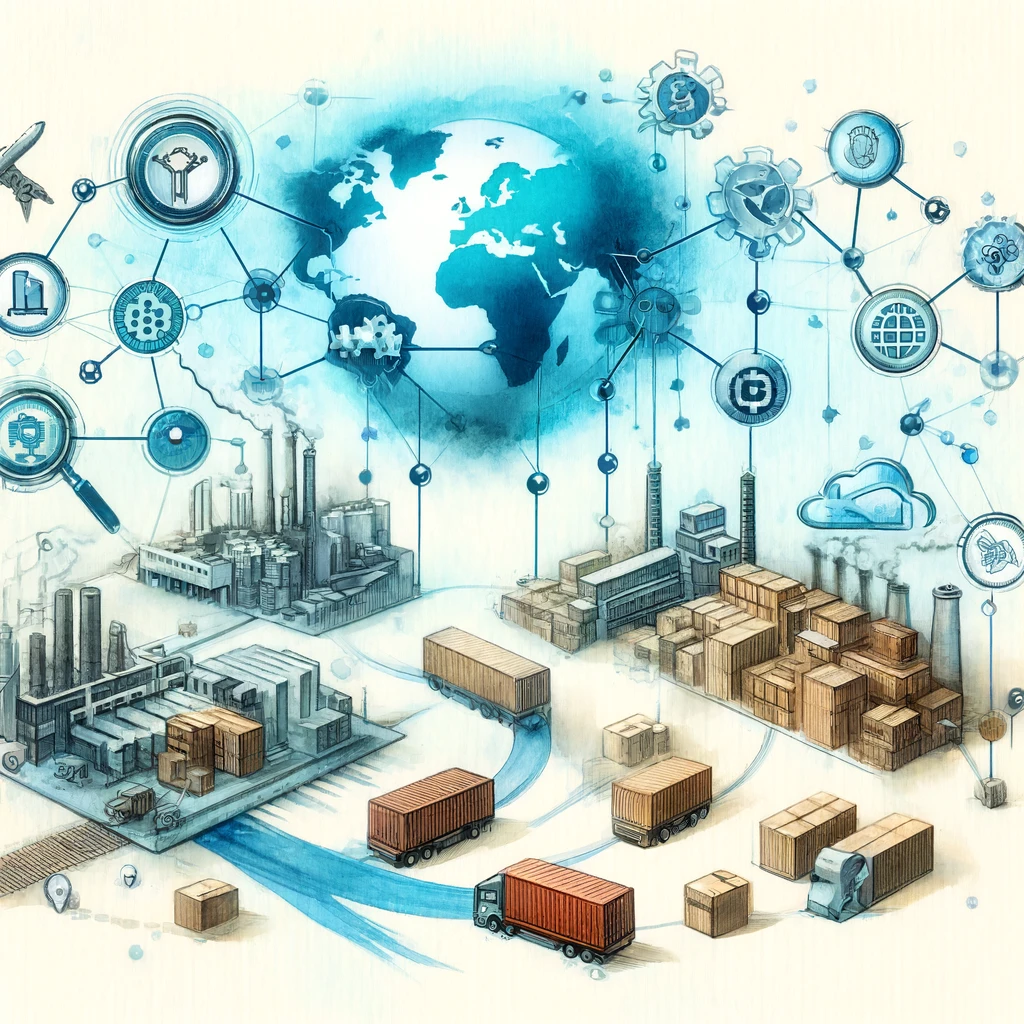The e-commerce sector is witnessing a significant transformation with the advent of Generative AI technologies. Tools like ChatGPT and DALL-E are reshaping how businesses operate, enhancing customer experiences, and driving higher revenues. Generative AI has the potential to revolutionize product recommendations, marketing content, and inventory management, making it a crucial element in the future of online retail.
Origin of the Article
This editorial is based on “Watch out, AI and GenAI are transforming e-commerce from the ground up,” published in The Livemint on 09/05/2024. The article discusses the transformative impact of Generative AI on the e-commerce industry landscape.
Relevancy for UPSC Students
For UPSC aspirants, understanding the impact of Generative AI on e-commerce is vital. It relates to GS Paper 3, focusing on economic growth, technological advancements, and their societal implications. Knowledge of this topic can provide insights into the evolving digital economy, which is crucial for both Prelims and main examinations.

Why in News
The transformative impact of Generative AI on the e-commerce sector is making headlines due to its potential to revolutionize personalized shopping experiences, enhance marketing efficiency, and optimize inventory management. This topic is critical for UPSC aspirants as it intersects with previous questions on digital economy, technological advancements, and regulatory frameworks, reflecting the dynamic nature of India’s economic landscape.
How Generative AI is Revolutionizing the E-Commerce Sector?
Personalized Product Recommendations
Generative AI is transforming e-commerce by offering personalized product recommendations based on customer data and browsing patterns. According to Epsilon research, 80% of consumers are more inclined to make a purchase when brands provide personalized experiences. This enhanced personalization boosts customer satisfaction and drives higher sales and customer loyalty.
Automated Product Descriptions and Marketing Content
AI-powered tools can generate product descriptions, advertisements, and social media posts, saving time while maintaining quality.
“A World Federation of Advertisers study found that 55% of marketers using generative AI for content creation reported improved performance. “
This automation allows businesses to focus on strategic activities while ensuring consistent and engaging content.
Demand Forecasting and Inventory Optimization
Generative AI models excel at forecasting demand patterns and seasonality by analyzing historical data. This capability enables e-commerce businesses to optimize inventory levels, reducing costs and preventing stockouts. Accurate demand forecasting ensures that popular products are always available, enhancing customer satisfaction and operational efficiency.
Increased Conversion Rates and Revenue
Investments in generative AI have led to significant revenue increases and improved sales ROI for e-commerce companies. According to a McKinsey report, businesses adopting generative AI have seen revenue growth of 3-15% and a 10-20% improvement in conversion rates. This technology enhances customer interactions, making them more personalized and effective.
What is the Status of the E-Commerce Sector in India?
The Indian e-commerce industry is on a remarkable growth trajectory, projected to reach USD 300 billion by 2030. In FY23, the Gross Merchandise Value (GMV) of e-commerce stood at USD 60 billion, marking a 22% increase from the previous year. India currently has the third-largest online shopper base, which is expected to grow significantly.
Factors Driving E-Commerce Growth in India
Increasing Internet Penetration
India’s status as the second-largest internet market, with over 821 million users, is a major driver for e-commerce adoption. Increased connectivity facilitates online shopping, bringing convenience to a broader audience.
Increasing Footprint in Tier 2 and Tier 3 Cities
E-commerce is gaining significant popularity in smaller cities, with Tier-2 and Tier-3 cities contributing nearly half of all shoppers. This demographic shift highlights the growing reach and acceptance of e-commerce beyond metropolitan areas.
Rising Middle Class and Disposable Incomes
The expanding middle class, projected to constitute 61% of India’s population by 2047, along with rising disposable incomes, is boosting online shopping. Consumers are increasingly opting for the convenience and variety offered by e-commerce platforms.
Favorable Demographics
With a median age of 28 years, India boasts a young, tech-savvy population. This demographic advantage fuels the growth of e-commerce, as younger consumers are more inclined to shop online.
Growth of D2C Brands and Social Commerce
Direct-to-consumer (D2C) brands like BoAt and Mamaearth are disrupting traditional retail models. Additionally, social commerce platforms such as Meesho are gaining traction, further diversifying the e-commerce landscape.
Fintech Solutions for Easier Payments
Digital payment solutions, including UPI, mobile wallets, and buy-now-pay-later options, have made online transactions more accessible and convenient. In 2023, digital payments in India surged to 65.7 billion transactions, reflecting the robust adoption of fintech solutions.
Logistics and Supply Chain Improvements
Investments in logistics infrastructure by companies like Delhivery and Ecom Express have bolstered e-commerce growth. Enhanced warehousing and last-mile delivery networks are crucial for meeting the rising demand and ensuring timely deliveries.
What are the Major Issues Related to E-Commerce in India?
Logistics and Supply Chain Inefficiencies
Despite improvements, India’s logistics infrastructure still faces challenges, leading to high costs and delivery delays, especially in remote areas. The Economic Survey 2022–23 highlighted that logistics costs in India range from 14–18% of GDP, significantly higher than the global benchmark.
Social and Environmental Impact Concerns
E-commerce raises social and environmental concerns, including excessive packaging waste and unethical labor practices. Incidents like the Swiggy strike in Chennai (May 2023) underscore the need for sustainable and fair practices in the industry.
Antitrust and Anti-Competitive Practices
Anti-competitive practices such as deep discounting and preferential treatment by large e-commerce firms threaten fair competition. The Competition Commission of India’s (CCI) ₹202 crore fine on Amazon for non-disclosure in 2021 exemplifies these challenges.
Counterfeiting and Piracy Concerns
The proliferation of counterfeit products on e-commerce platforms undermines consumer trust and safety. Recent seizures by the Mumbai Crime Branch of counterfeit goods highlight the ongoing battle against counterfeiting in the sector.
Human Resource Challenges
The rapid growth of e-commerce has created a demand-supply gap for skilled professionals in technology, supply chain, and logistics. Addressing this gap is crucial for sustaining the industry’s growth momentum.
What are the Major Government Initiatives Related to E-Commerce?

Government e-Marketplace (GeM) Portal
Launched in August 2016 by the Ministry of Commerce and Industry, the GeM Portal facilitates public procurement activities, fostering transparency and efficiency. In FY23, procurement on GeM crossed Rs. 2 lakh crore, demonstrating its impact.
Open Network for Digital Commerce (ONDC)
ONDC, launched in 2022, aims to democratize digital commerce and provide equal opportunities for MSMEs. This initiative is expected to level the playing field and enhance the competitiveness of smaller enterprises.
National E-Commerce Policy
The proposed National E-Commerce Policy, initially drafted in 2018, aims to foster sector growth and boost exports. This policy framework is crucial for addressing the evolving needs and challenges of the e-commerce industry.
Consumer Protection (E-commerce) Rules 2020
These rules mandate transparency in product listings, including the display of the country of origin. Such measures ensure that consumers are well-informed and promote fair practices among e-commerce companies.
FDI in E-commerce
The government has allowed 100% FDI in the e-commerce marketplace model (B2B), encouraging foreign investment and fostering growth in the sector. This policy aims to enhance the competitiveness and global integration of Indian e-commerce.
Equalisation Levy Rules 2016 (Amended in October 2020)
The equalisation levy ensures a fair share of digital economy tax and avoids double taxation. Non-resident e-commerce operators are required to have a Permanent Account Number (PAN) and are subjected to a 2% tax on their transactions.
Read Five things the next government needs to focus on here.
What Measures Can Be Adopted to Revamp the E-Commerce Landscape in India?
Develop Logistics Parks and Multimodal Hubs
Incentivizing the creation of state-of-the-art logistics parks and multimodal hubs through public-private partnerships can streamline supply chains. These hubs would integrate various modes of transportation, enhancing efficiency and reducing costs.
Foster Rural E-commerce Logistics Startups
Supporting rural logistics startups with technology, funding, mentorship, and training can bridge the last-mile delivery gap. These startups can leverage local knowledge to improve delivery services in remote areas, fostering rural entrepreneurship.
Implement “Logistics Reverse” and Circular Economy Models
Promoting sustainable packaging and recycling through “Logistics Reverse” can reduce waste. Encouraging circular economy principles, such as the resale and refurbishment of products, can further enhance sustainability in e-commerce.
Establish a Dedicated E-commerce Regulatory Authority
A dedicated regulatory authority within the Competition Commission of India can monitor anti-competitive practices and ensure fairness. This authority would oversee the implementation of “Fairness by Design” principles in e-commerce algorithms and policies.
Implement Advanced Authentication and Traceability Technologies
Mandating the use of technologies like RFID, QR codes, and blockchain can combat counterfeiting and ensure product authenticity. A centralized reporting mechanism and dedicated task force can further enhance efforts to tackle counterfeit goods.
Encourage Gig Talent Pools
Developing networks of skilled freelancers and independent contractors can address the demand for short-term engagements. These “Gig Talent Pools” can provide e-commerce companies with flexible and skilled labor, enhancing operational efficiency.
Regulating Generative AI in E-commerce
To maintain ethical practices, regulatory frameworks must mandate transparency in AI-generated content. Regular audits and compliance checks will ensure that e-commerce companies adhere to ethical standards and maintain accountability.
Conclusion
In conclusion, the transformative power of generative AI in e-commerce is undeniable, promising personalized experiences and increased efficiency. However, the sector must navigate challenges such as logistics inefficiencies, ethical concerns, and regulatory compliance. As future civil servants, understanding these dynamics will be crucial in shaping policies that foster growth while ensuring fairness and sustainability in India’s burgeoning digital marketplace.



